Hoàng Xuân Sính
Posted by John Baez
During the Vietnam war, Grothendieck taught math to the Hanoi University mathematics department staff, out in the countryside. Hoàng Xuân Sính took notes and later did a PhD with him — by correspondence! She mailed him her hand-written thesis. She is the woman in this picture:
As you might guess, there’s a very interesting story behind this. I’ve looked into it, but what I found raises even more questions. Hoàng Xuân Sính’s life really deserves a good biography.
Hoàng Xuân Sính was born in 1933 in a village called Cót, one of seven children of a fabric merchant. Her mother died when she was eight years old, and she was raised by a stepmother. She spent a lot of time sewing and designing clothes. But apparently her father pushed her to excel academically.
In 1951 she completed a bachelor’s degree in Hanoi, studying English and French. Then she traveled to Paris for a second baccalaureate in mathematics. She stayed in France to study for the agrégation (the competitive examination for civil service) at the University of Toulouse, which she completed in 1959. Then she returned to Vietnam and taught mathematics at the Hanoi National University of Education.
Grothendieck visited North Vietnam in late 1967, during the Vietnam War, and spent a month teaching mathematics to the Hanoi University mathematics department staff, including Hoàng Xuân Sính, who took the notes for the lectures. Because of the war, Grothendieck’s lectures were held away from Hanoi, first in the nearby countryside and later in Dai Tu.
After Grothendieck returned to France, he continued to teach Hoàng Xuân Sính in an exchange of letters. According to the web page of the university she founded, Thang Long University, Hoàng Xuân Sính remembers two main impressions from her contacts with Alexander Grothendieck:
- A good teacher is a teacher who turns something difficult into something easy.
- We should always avoid anything that is fictitious, live in accordance to our own feelings and value simple people.
She finished her thesis in 1972. Around Christmas that year, the United States dropped over 20,000 tons of bombs on North Vietnam, mainly Hanoi. So, it’s not surprising that she only defended her thesis three years later, when the North had almost won. But she mentions another reason. She later wrote:
I was a doctorate student during wartime. Back then, I was teaching at Hanoi Pedagogical University, there was not a mode to take leave to study for the doctorate. I taught during the day and worked on my thesis during the night under the kerosene lamp light. I wrote in French under my distant teacher’s guidance. When I got the approval from France to come over to defend, there were disagreeable talks about not letting me because they was afraid I wasn’t coming back. The most supportive person during the time was Lady Ha Thi Que — President of the Vietnamese Women Coalescent organization. Madame Que was a guerilla, without the conditions to get much education, but gave very convincing reasons to support me. She said, firstly, I was 40 years old, it is very difficult to get a job abroad at 40 years old, and without a job, how can I live? Second, my child is at home, no woman would ever leave her child… so comrades, let’s not be worried, let her go. I finished my thesis in 1972, and 3 years later thanks to the intervention of the women’s organization, I was able to travel over to defend in 1975….
She went to France to defend her thesis at Paris Diderot University (also called Paris 7). Her thesis committee included not only Alexander Grothendieck but also Henri Cartan, Laurent Schwartz, Michel Zisman, and Jean-Louis Verdier.
Her thesis defense lasted two and a half hours. And soon thereafter she defended a second thesis, entitled “The embedding of a one-dimensional complex in a two-dimensional differential manifold”. I don’t know who, if anyone, directed this second thesis.
And here’s another little mystery. This image of a magazine from 1981 shows a picture of her holding a book—and on the website where I found this, a caption in Vietnamese says “Cót village girl is passionate about math”.
I don’t know when the photo was taken, but Jürgen Böhm assures me that the book she is holding is Henselsche Ringe und algebraische Geometrie by H. Kurke, G. Pfister, and M. Roczen. This book only came out in 1975! If all this is true, she was no mere “girl” by the time the photo was taken: she’d have to be at least 42 years old.
She later became the first woman mathematics professor in Vietnam — and the second came 35 years later.
In 1988, she started the first private university in Vietnam, Thang Long University in Hanoi. For a while she was not only the head, but also the janitor, bringing water to the school and sweeping floors. Later she said “When I look back at it, I thought it was the most romantic idea I’ve had.”
In 2003 she was awarded France’s Ordre des Palmes Académiques. She is still alive! I hope someone has interviewed her, or does it now. Her stories must be very interesting.
But what about her thesis?
Her thesis classified Gr-categories, which are now called ‘2-groups’ for short. A 2-group is the categorified version of a group: it’s a monoidal category where every object and morphism is invertible. (An object is invertible if there’s an object with , where is the unit for the tensor product.)
From a 2-group you can get two groups:
- the group of isomorphism classes of objects, and
- the group of automorphisms of the unit object .
The group is abelian, and acts on . But there’s one more thing! The associator can be used to get a map
The pentagon identity for the associator implies that this map obeys an equation. And this equation is familiar in the subject of group cohomology: it says is a ‘3-cocycle’ on the group with coefficients in .
Even better, she showed that cohomologous 3-cocycles give equivalent 2-groups. (Equivalent as monoidal categories, that is.)
So, we can classify 2-groups using cohomology! The most exciting, least obvious part of this is the cohomology class . This is often called the ‘Sính invariant’, though I believe Hoàng is her surname, not Sính.
This connection between 2-groups and cohomology is no coincidence. It’s best understood using a bit more topology.
Any connected space with a basepoint, say , has a fundamental group. But it also has a fundamental 2-group! This 2-group has and . And if all the higher homotopy groups of vanish, this 2-group knows everything about the homotopy type of , at least if is reasonably nice, like a CW complex.
So, Hoàng Xuân Sính’s thesis sheds light on ‘homotopy 2-types’: that is, homotopy types of nice spaces with for . They are just 2-groups!
Thus, her thesis illuminated one of the simplest — yet still important — special cases of Grothendieck’s ‘homotopy hypothesis’, namely that homotopy -types correspond to -groupoids.
Hoàng Xuân Sính’s thesis has been transcribed into LaTeX by Cristian David Gonzalez Avilés:
- Hoàng Xuân Sính, Gr-catégories.
You can also see her original thesis along with a handwritten summary in English here:
That website also has three nice photos of Grothendieck in Vietnam. I showed a colorized version of one at the top of this article, and here is another, with Hoàng Xuân Sính at far left:
Here are the original uncolorized versions of all three:
I got some of my information and quotes from an article in a Vietnamese magazine, and later someone translated it into English.

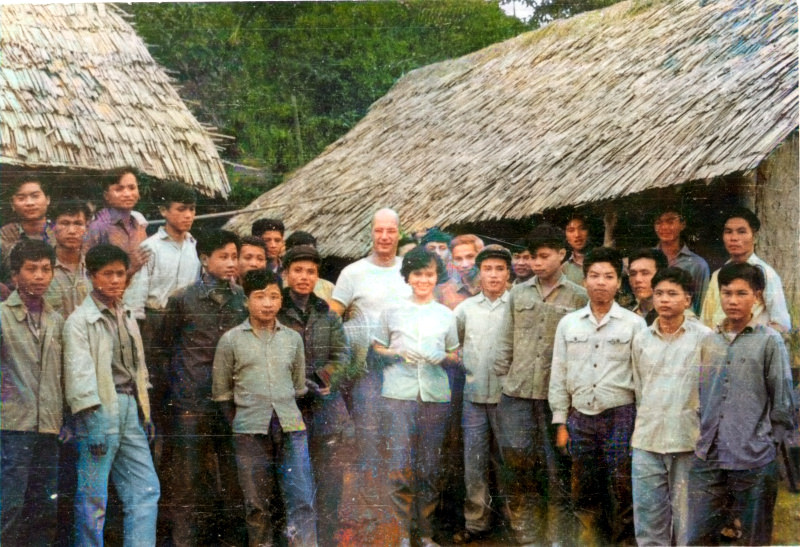
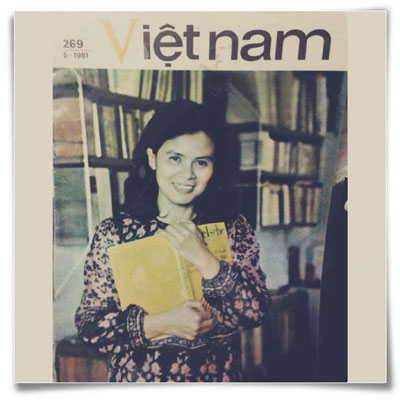
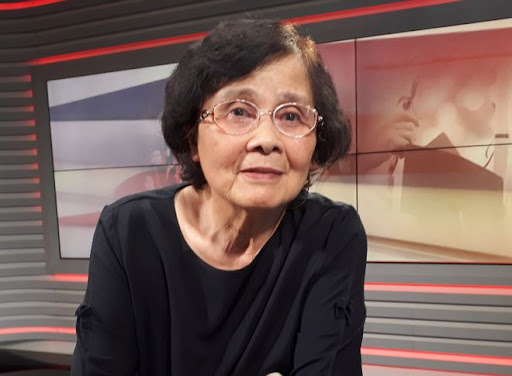
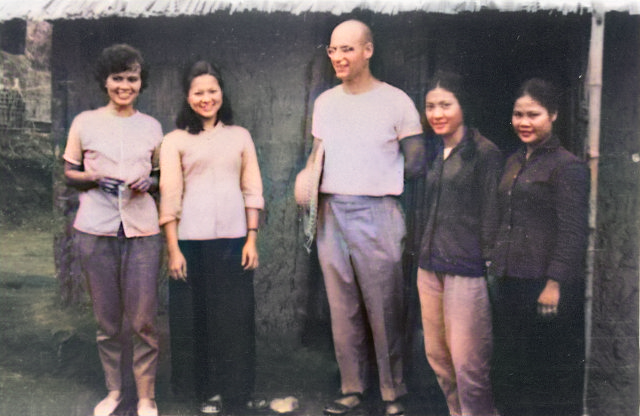
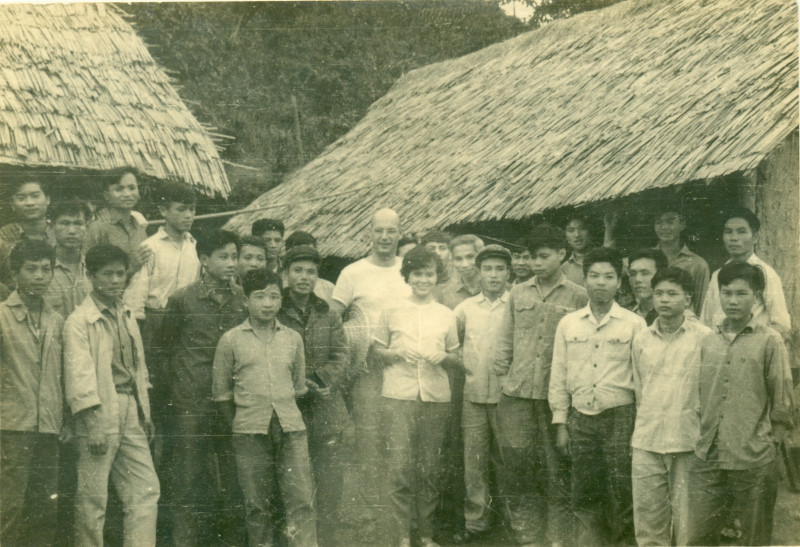
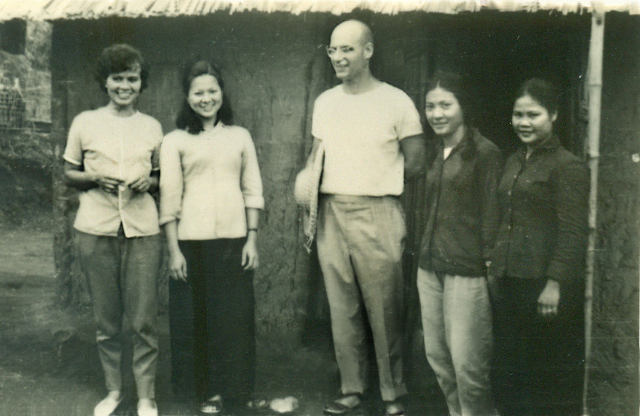

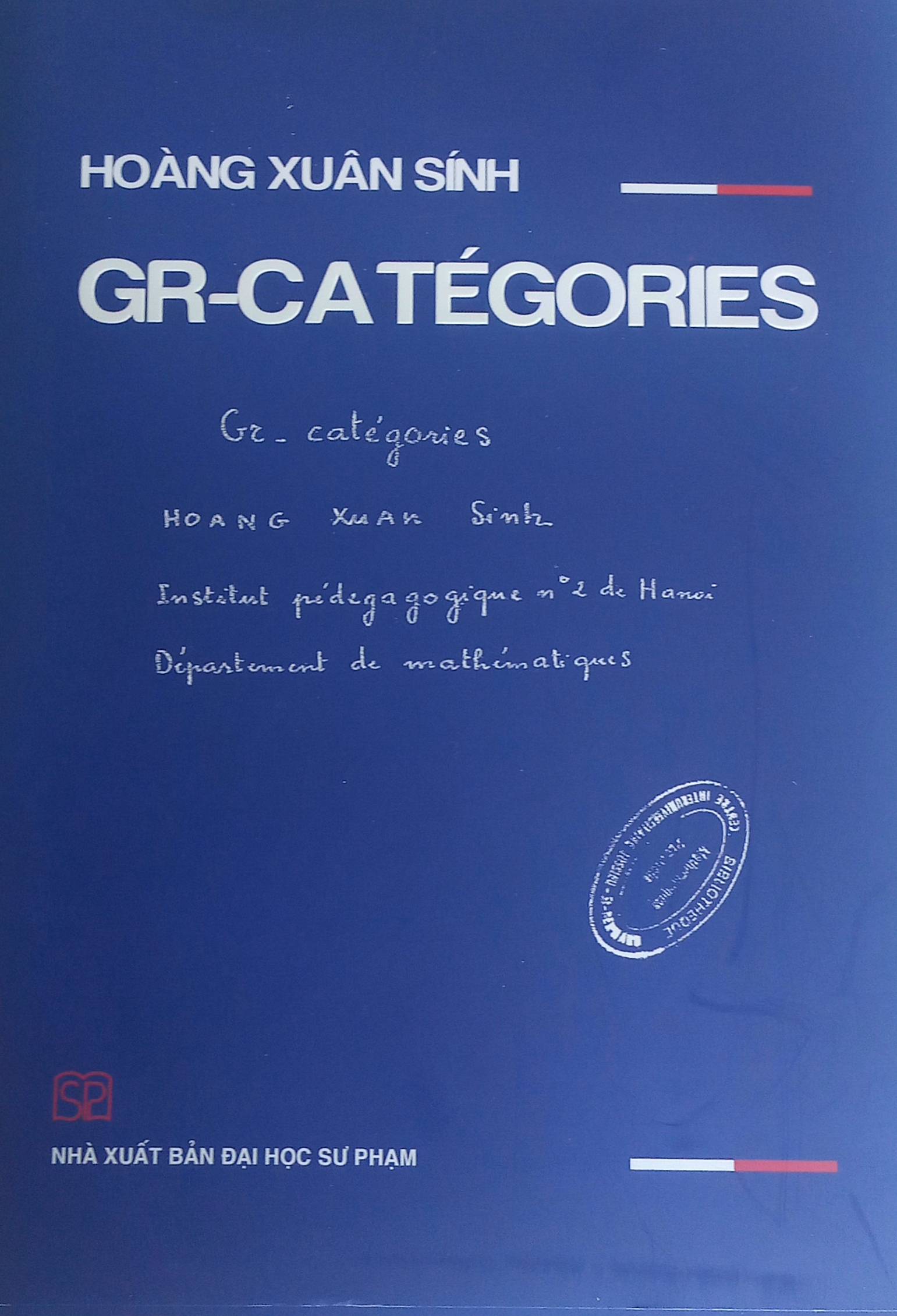
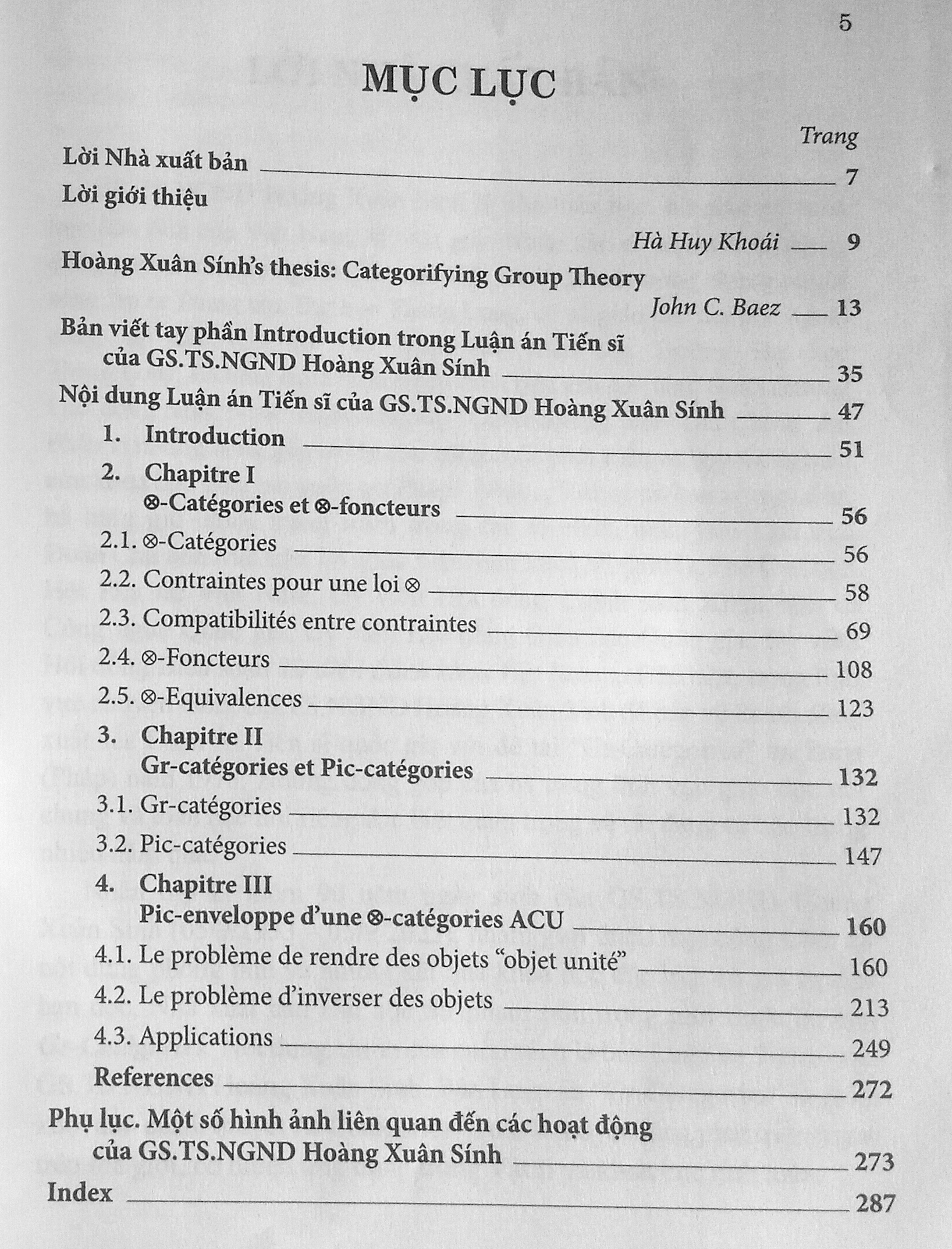
Re: Hoàng Xuân Sính
https://en.wikipedia.org/wiki/Ho%E0ngXu%E2nS%C3%ADnh
Indeed, Hoàng is her surname, not Sính.